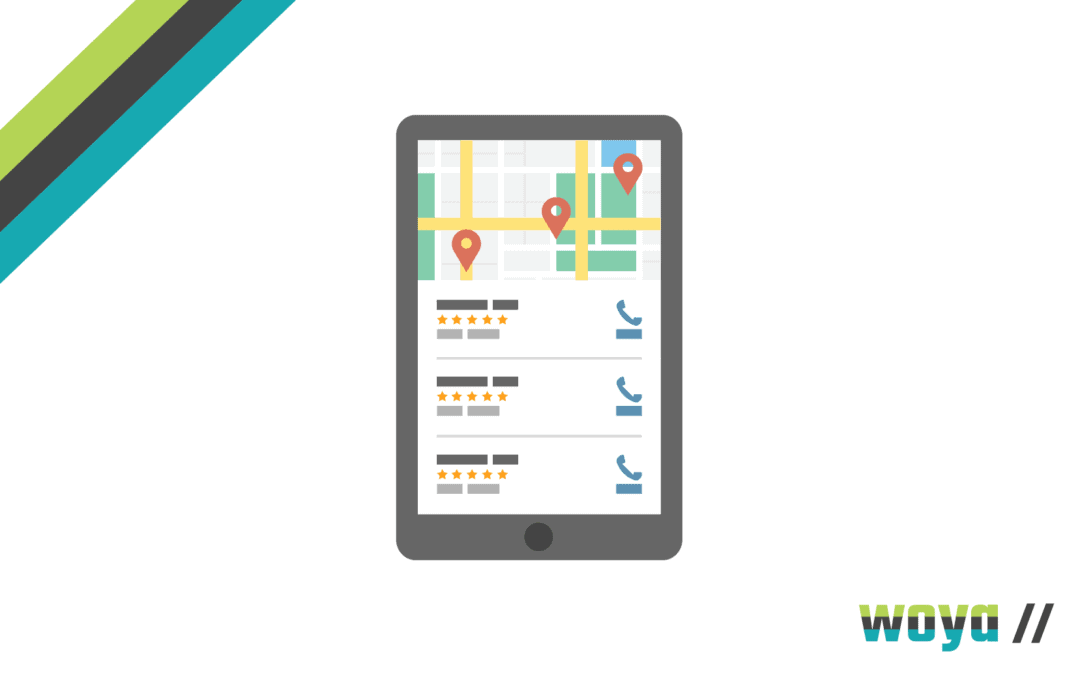
The Value of Good Marketing Content
Reading Time: 4 minutesThe marketing sphere is changing and evolving all the time in line with new technologies, and now more than ever, with consumer expectations and appetites.
Amongst the buzzwords and terms we all hear banded about online, two words in particular are front and centre right now: content marketing. Also known as marketing content. Or just content!
Yet ‘content’ now seems to be such a popular word that it’s being used in industries outside of traditional marketing and even by those you may not consider to be ‘businesses’. But what does it really mean and why is it so important for marketing? Let Woya Digital reveal all…
What Do We Mean By The Word ‘Content’, In A Marketing Context?
The word ‘content’ in the relevant context means literally “substantive information or creative material”. It is this that those discussing the word in a digital marketing lexicon refer to, and in particular, material online that can be used as part of a marketing strategy to draw attention to the relevant brand and its products, services or experiences.
This includes, but is by no means limited to, written articles and blogs, videos, infographics, e-books, online events, webinars, podcasts, case studies, how-to guides and e-mail newsletters.
Content isn’t just used by traditional businesses for digital marketing practices, but also makes up the base strategy for social media influencers. Essentially, everything they produce is content, to promote both themselves as a brand and to promote the products or services of brands who have employed them. The word is probably the most prevalent in this sector and so the public who follow social media accounts of this type are more aware of it than most.
What Is Content Marketing?
Content marketing is a specific digital marketing practice that focuses on the creation, publishing and distribution of content in order to attract, retain and sustain a targeted audience.
Online, this works primarily to attract audiences and generate leads through customer base expansion. The content shared through content marketing is usually accessed for free, although when the brand has built its reputation sufficiently, paid-for options offering further value are often added as additional income generation streams.
In order for content to be used as ‘marketing content’, each piece of it needs to be created in line with the brand appropriate guidelines so that it is instantly recognisable, consistent, fits the right look and feel for the business and is targeted to be considered of value for the audience. Content marketing should always begin by identifying a customer want or need, and providing content to fit it.
Why Is Content Important for Marketers?
Content marketing is of increasing benefit to businesses online for several reasons.
As far as marketing specialities go, content marketing is very time-consuming; but the benefits far outweigh the investment.
Marketing Content is an evergreen asset.
Once created, content never goes away and can be reused and repurposed time and time again to remain current and up-to-date. It’s a digital marketing asset and can form part of a larger suite of marketing materials to be used as and when required.
Content can prompt customers through the sales journey.
Like all marketing materials, content should always come with a call to action. If created sufficiently to fit a customer knowledge gap, want or need, content can position a brand as experts in their field and give added perceived value to any purchase made with them.
Marketing content acts, therefore, as a prompt to move along the sales process in a subtle manner – unlike more direct sales tactics that are often disliked by consumers.
Content boosts SEO efforts.
Everything produce digitally for a brand should be created with search in mind.
When marketing content is published and shared online, it works to build digital presence, establishes authenticity as an industry thought leader, builds reader/user trust and helps to attract, educate and nurture leads – all of which give a boost to a business’ SEO (Search Engine Optimisation). In turn, brands with good quality content being shared can expect to attract more organic traffic to their digital presence; be that a website, social media profile or other content channel.
Content can be shared widely.
Searchable content is key for message amplification, and consumers love it – after all, what could be more authentic than something someone believes in or enjoys enough to share onward with others?
When third parties and other consumers share a brand’s content, it widens the audience and directs more people to the business as well as increasing the reputation as an industry or topic expert. One of Google’s key measures as to how credible a source is, is to crawl those linking to it and sharing its content, so this too gives another angle of SEO benefit.
Marketing content is much more likely to be shared onward than traditional advertisements, as it contains a perceived value to the consumer and so in turn, the shares expand the marketing effort onward.
How Does My Business Get Started In Producing Marketing Content?
To get started in content marketing, first identify customer needs, wants or information gaps. Do your potential customers misunderstand a related business topic? Do potential customers know the risks of not using a certain product or service? If a brand is able to explain in easy-to-understand terms aspects and topics of their industry to consumers, content can be created around it and this can be published and shared.
Content does of course, need to fit the overall marketing strategy and business goals, amplify the existing marketing messaging – and should also be presented in a manner that suits the target audience.
If you’re looking to make a start on creating and publishing marketing content, or would like support with content strategy and creation, the Woya Digital team are here to help. Sitting at the forefront of content creation, we’re able to utilise our experience across various industries and disciplines to produce content that attracts, converts, and better yet – delights!







